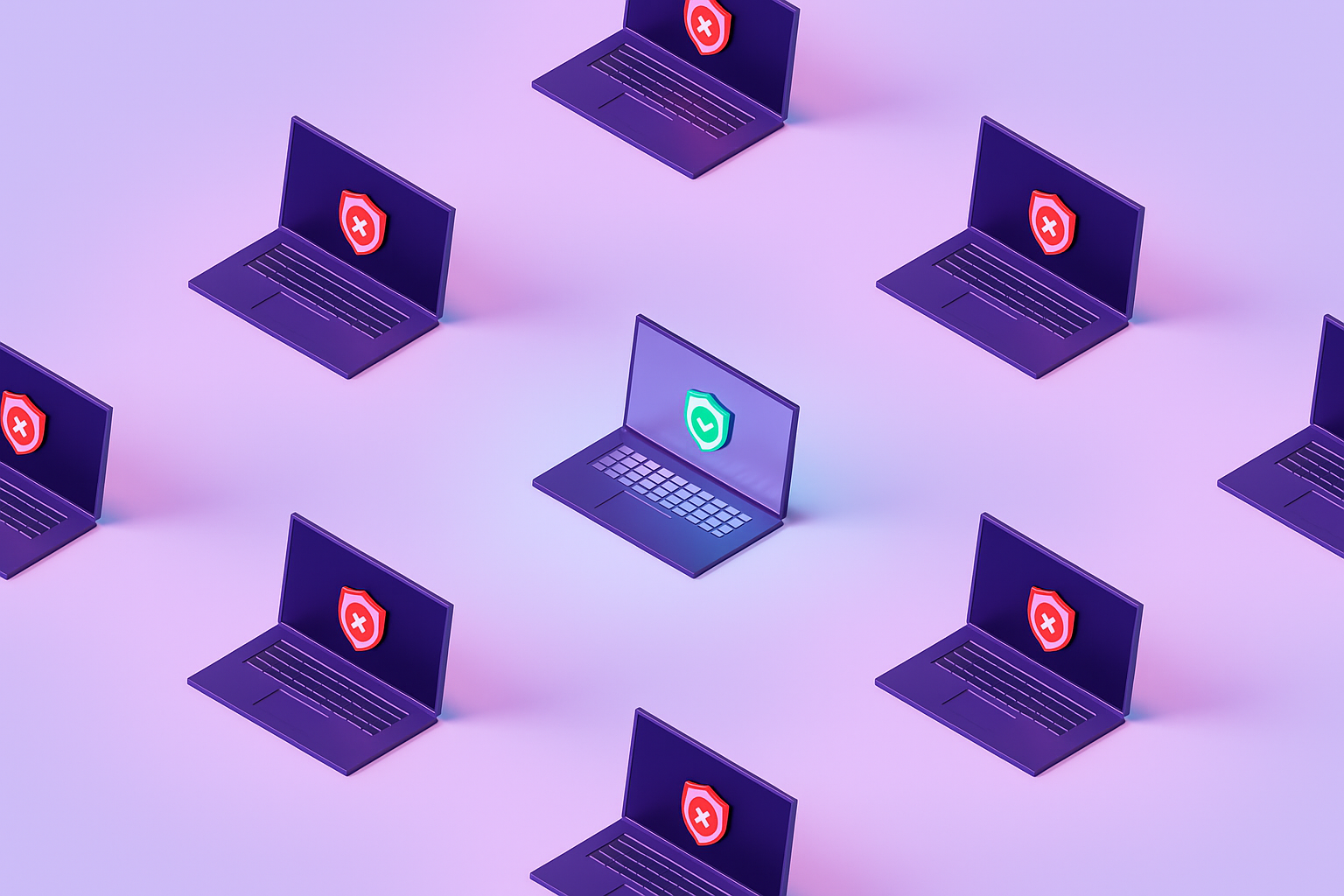
Our AI Engineer, Safra Soymat, walks us through her recent work on the UDL Classroom, exploring how a Mac mini paired with offline speech recognition can create truly secure and accessible learning resources.
Recently, I’ve been testing something exciting: using a Mac mini to run speech recognition completely offline.
In education, privacy and accessibility often clash. We want students to have transcripts, captions, and study tools. However, we don’t want their voices or lecture recordings sent to third-party servers. This is especially important in sensitive classrooms with specific accessibility needs.
So, I set out to answer a straightforward question: can we make this work locally, on a Mac mini, with Apple Silicon?
As part of our project, I’ve looked into a few areas:
The fun part? It’s not just theoretical. We’ve already built a working prototype. Feed in a video, get a transcript back, and know that the entire process happened locally on the Mac mini in the classroom.
Most speech-to-text tools rely on the cloud. They’re useful, but they also:
If we keep the processing in the classroom, on the device, we can improve the situation. We protect the data, respect institutional policies, and still provide high-quality AI support to students.
With the Neural Engine speeding up inference, we’ve shown that the Mac mini can handle long lectures, produce accurate transcripts, and do so without overloading. This isn’t just about running a model. It’s about ensuring it works under real classroom conditions.
Universal Design for Learning (UDL) focuses on making education flexible, inclusive, and accessible. AI transcription plays a significant role here:
When we run this locally, all these benefits come without sacrificing privacy.
This exploration has shown me that compact, affordable devices like the Mac mini can be privacy-first AI tools in education. The next step is to scale this approach; more classrooms, more formats, and more adaptive features that deliver what students need, when they need it.
For me, that’s the exciting part. It’s not just about the technology, but about creating a future where AI supports every learner while maintaining trust.